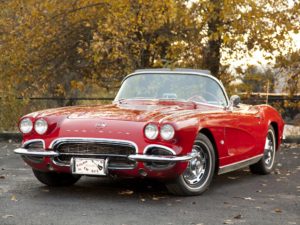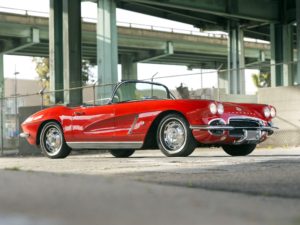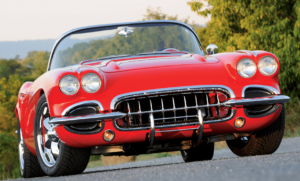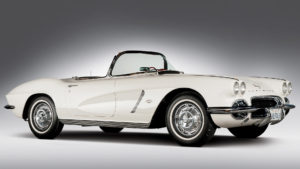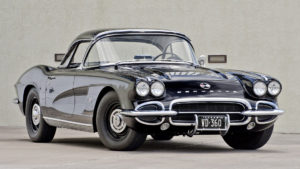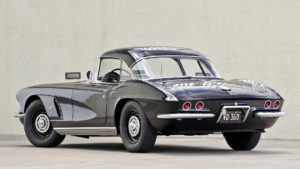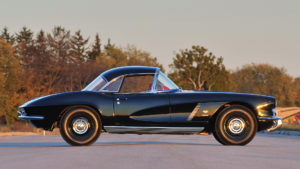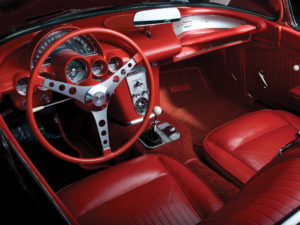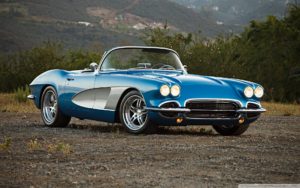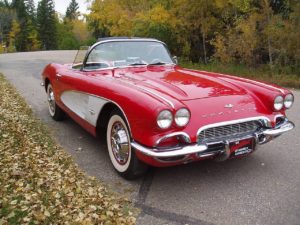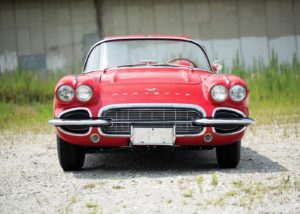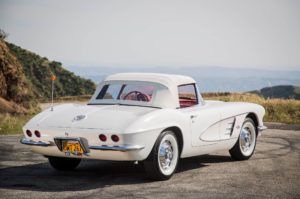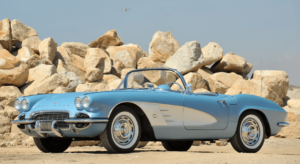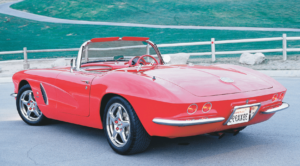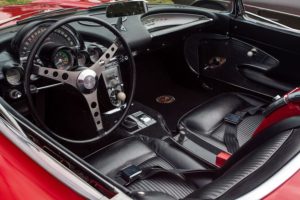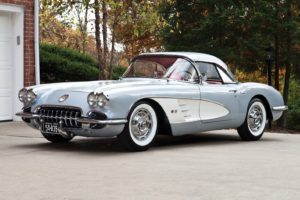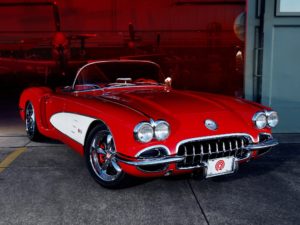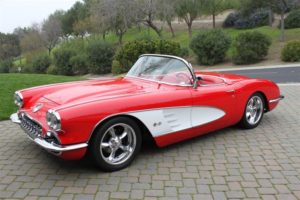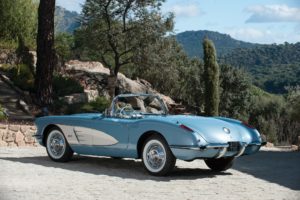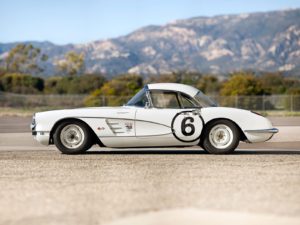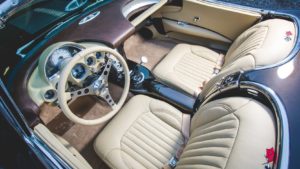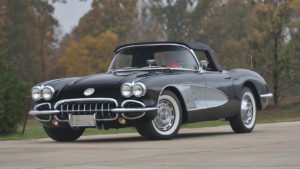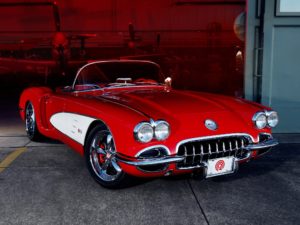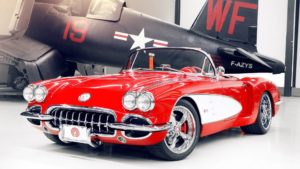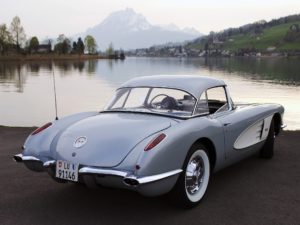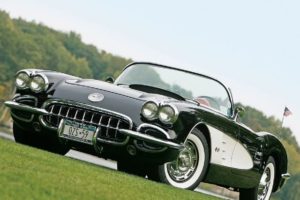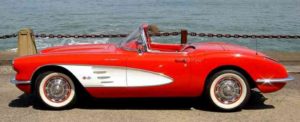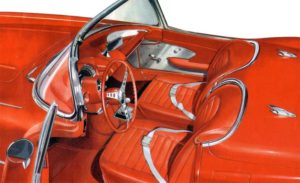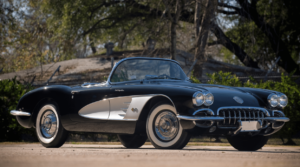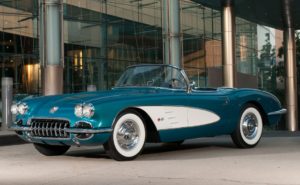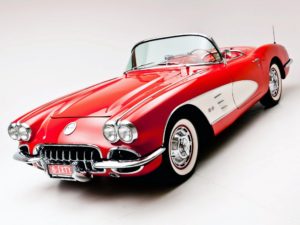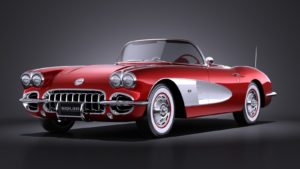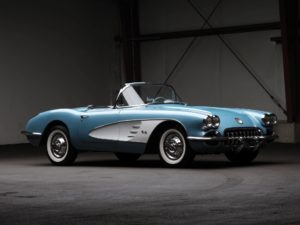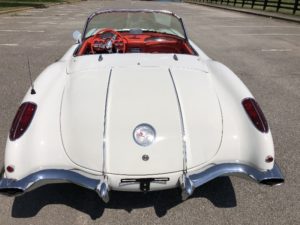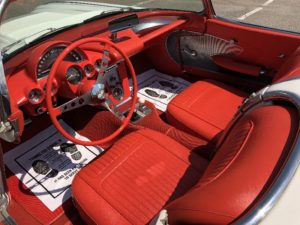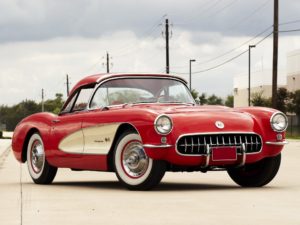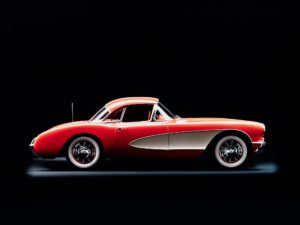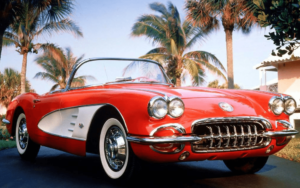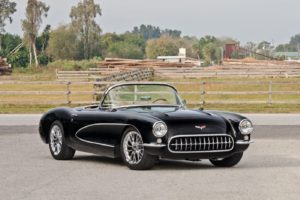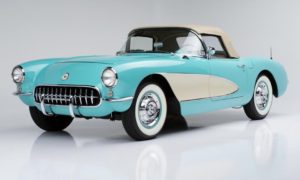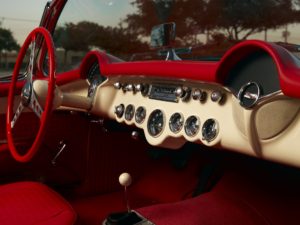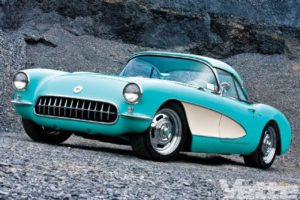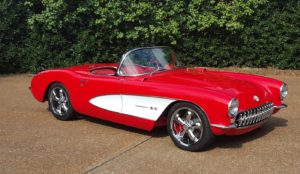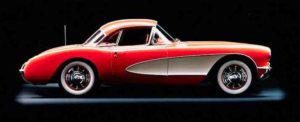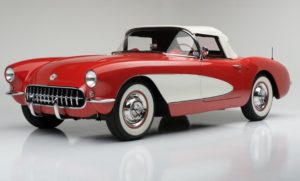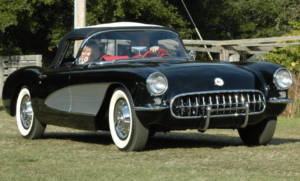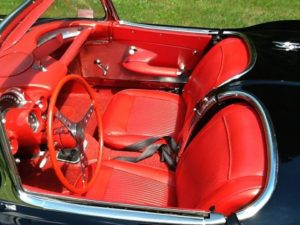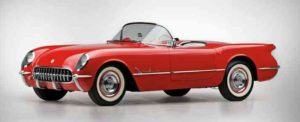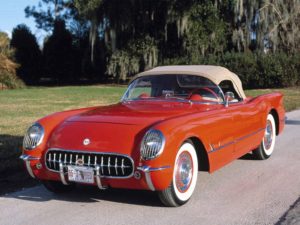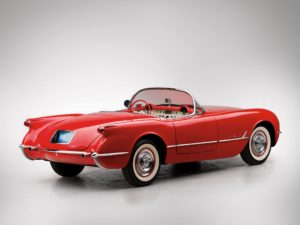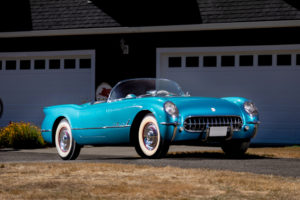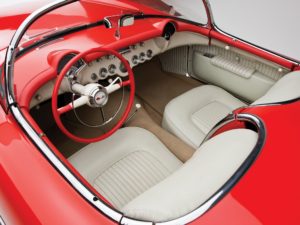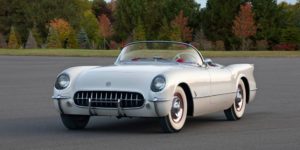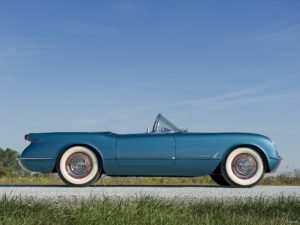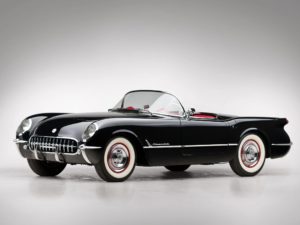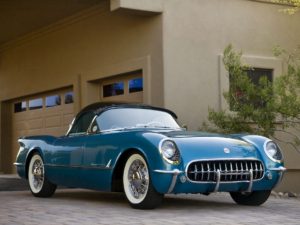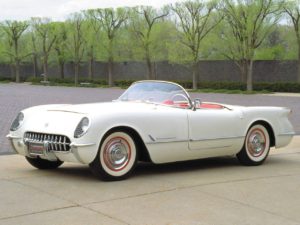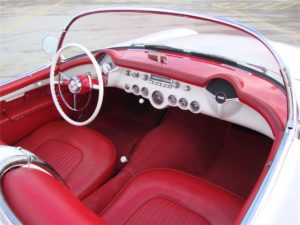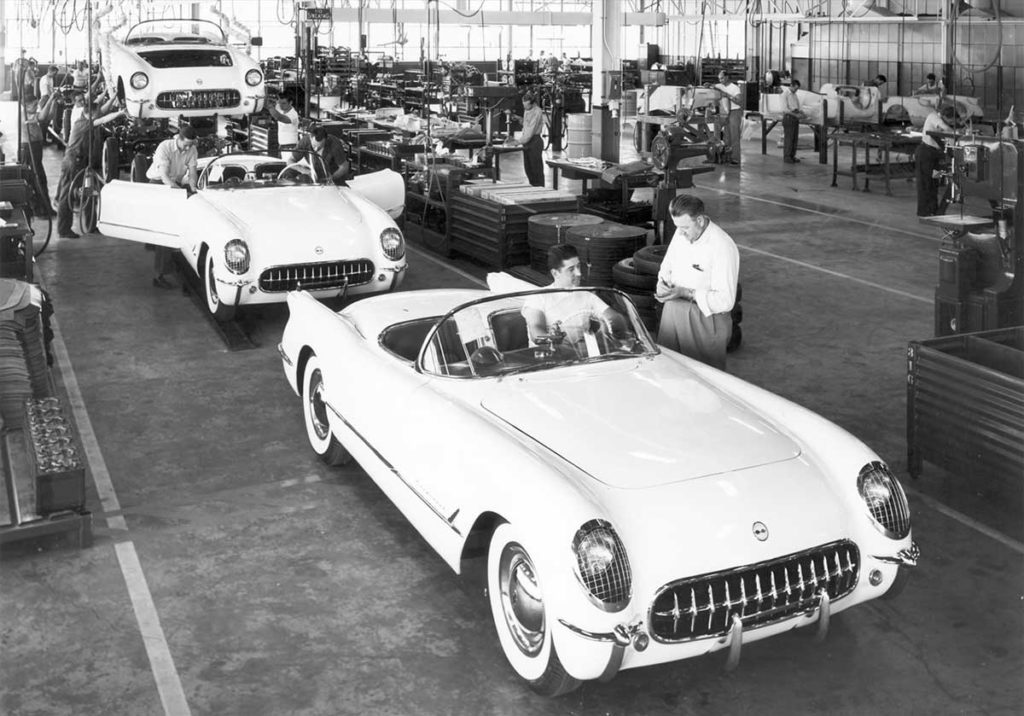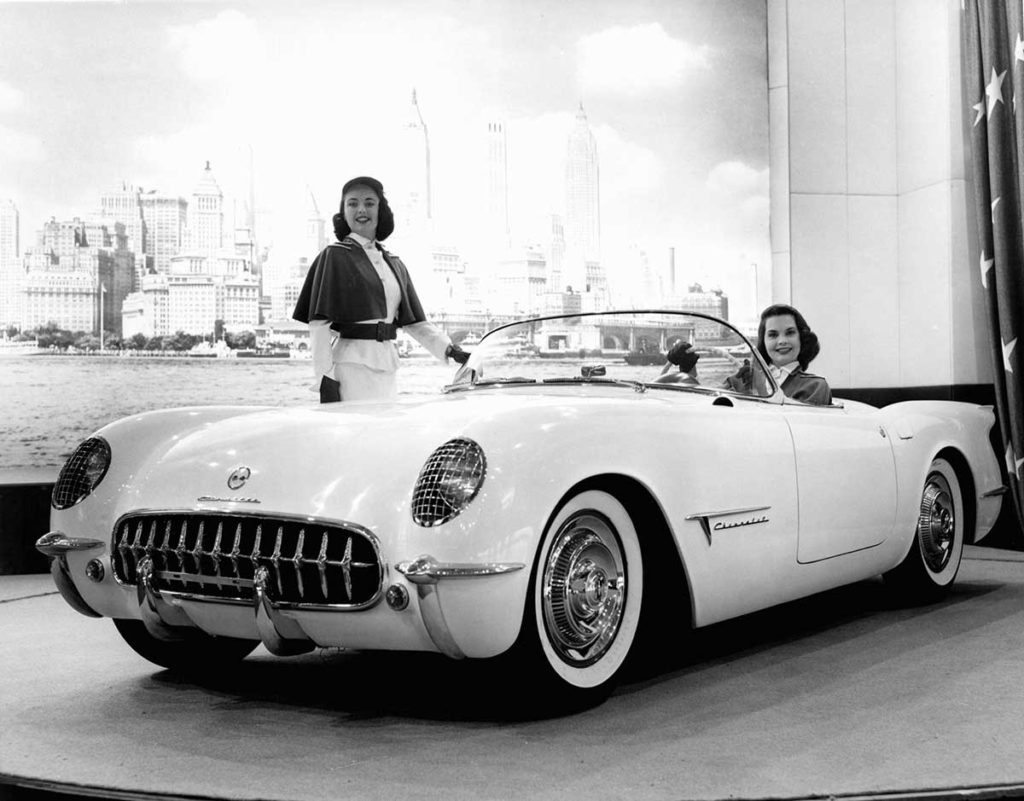With the creative influences of such incredible engineering talents as Edward Cole, Zora Arkus-Duntov, and Bill Mitchell behind it, the C1 Corvette had emerged as an American classic, but one that was ready to undergo a transformation into something completely new and exciting.1962 C1 Corvette Overview
In fact, with the second-generation Corvette now just one model year away, there were few within Chevrolet who did not view the 1962 Corvette as anything other than a transitional model between the classic styling of the C1 roadster and the far more competitive and edgy lines of the next-generation Corvette.
The 1962 model year represents the end of an era for the Chevrolet Corvette. Over the course of ten years, the Corvette had evolved from Harley Earl’s conceptual two-seat sports car – a car that was initially plagued with design and performance deficiencies – into a vehicle that rivaled sports cars around the world with an unabashed reputation for performance and fun
Pricing :$4038.00
Engine options: 327 ci ohv V-8 (fuel injected or carbureted) – multiple-horsepower options available
Transmission: 3-speed manual (standard), 4-speed manual (optional), 2-speed Powerglide (optional)
Top speed: 132mph
Units produced: 14,531
Available colors: Tuxedo Black, Roman Red, Almond Beige, Honduras Maroon, Fawn Beige, Ermine White, Sateen Silver
Highlights of the year:
Despite the fact that the 1962 model is considered one of the greatest of all the C1 Corvettes, the perception that the 1962 Corvette was “transitional” was not completely unwarranted.
For one, the ‘62 Corvette was the first model year to incorporate the 327 cubic-inch V-8 engine in place of the smaller 283 cubic inch engine. Though technically the same engine block as the 283, the smaller engine was bored and stroked to bring its cylinder dimensions to 4.00 x 3.25 inches and it’s displacement up to 327 cubic inches.
While this larger engine would certainly produce more horsepower, there were other changes that would have to be incorporated first to ensure that the engine could receive the air and fuel it would need to run as it was meant to.
Gone forever from the 1962 (and all future models) Corvette was the troublesome twin four-barrel Carter carburetors. These were replaced by a more powerful, single four-barrel Carter carburetor.
Though the overall appearance of the ‘62 remained faithful to the styling of Harley Earl’s earlier models, this new Corvette was, and remains, one of the most desirable of all the C1 models.
While it’s styling was beginning to look a bit dated as it moved into its second decade of existence, this final variation was stripped of any of the remaining excesses that had plagued it’s earlier counterparts.
The most obvious of these deletions was the removal of the chrome outlines that had framed the bodyside coves since 1956. Further, the chrome accent spears (that had accentuated the side vents within the coves) were also removed, replaced instead by more conservative aluminum blades that were finished in black. Another omission which added to the more cohesive look of the car was the deletion of the option to have the coves painted in a different color than the rest of the car.
Despite it’s origins and it’s undeniable ties to the very first Corvette, the 1962 model was faster, handled better, was more physically appealing, and was the most completely realized and most civilized of any Corvette made to date, though it continued to retain much of the pioneering imagination that made Harley Earl’s 1953 concept car such a triumph at its unveiling during the 1953 Motorama.
Sales of the 1962 Corvette jumped by nearly 40 percent from the previous year, with total sales of 14,531 units, pushing the Corvette firmly “into the black” on General Motors’ financial bottom line.
For those early pioneers of the Corvette – Cole, Duntov, and Mitchell – this came as a huge relief. After all, they (like Harley Earl (before his retirement)), were the ones who fought to keep the Corvette program alive during its darkest days.
Of course, getting to this point was only half the battle. Now that they had achieved solid financial success with the C1 Corvette platform, it was imperative that they bring Corvette forward into its next iteration and, in so doing, take the car to even greater successes.
Little did any of them realize just how successful Corvette was about to become.
Photos of the 1962 Corvette:
Sources:
https://www.corvsport.com/1962-c1-corvette/
https://www.corvsport.com/1962-c1-corvette-image-gallery/
https://www.wallpaperup.com/1962_Chevrolet_Corvette
https://www.wsupercars.com/wallpapers/Chevrolet/1962-Corvette
